Textile Heritage: Valencia
10:00 AM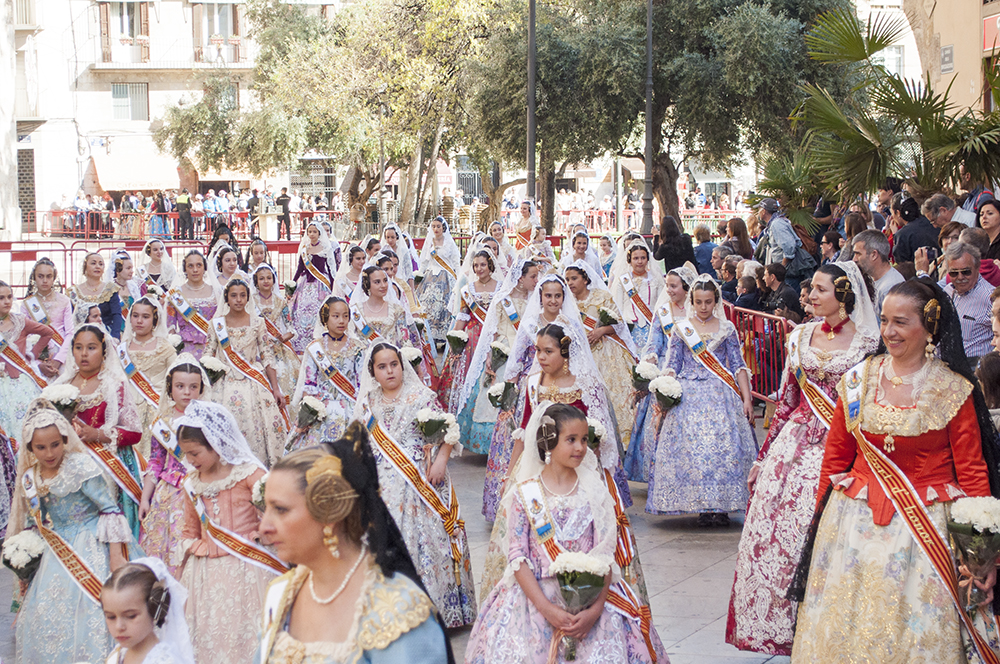
A lot of you might know about my preparations for the next year studying abroad and some of you might also know about me being dressed in the traditional Valencia costume. How does this two things get together and what's behind this bizarre beginning of a post? Well. Today's post is about what are we and where do we belong. Since I'm already starting to get my preparations for my year abroad, still not very sure where I'll be traveling next course I've realized how much I appreciate my city and how I'll be somehow a representant of Valencia soon.
I didn't really appreciate being a Valencia citizen since I cut off my belonging to a falla and saw my friends dressing proudly their traditional and super colorful dresses this year. It's made a whole change in my mind. Like a click. I didn't really realize how much I missed dressing as a fallera and how much I'll miss the cultural heritage in Valencia until I started searching for silk fabrics and accessories like a crazy thing. How in this city we have one of the most ancient silk industries in the world, as Valencia was a key spot in the Silk Road between the 15th and 16th Centuries.
So, in today's post, I would like to approach a little bit of what means silk to us valencian people and our fiesta; I'd like to show you some hints of the kinds of patterns, colors and contemporary uses we give to this fabric and also how it represents our culture and history. Nowadays, the main use we give to this floral patterned fabrics is for making the traditional fallera and fallero (woman and man) costumes, which we only use during March at neighbourhood parades and processions during the fallas festival in Valencia. Well, and also during some events taking place during the year, but only related to fallas. Some designers have also found out how to commercialize this traditional fabrics as souvenirs or as more on-the-go fashion pieces as skirts, dresses or purses.
Second thing is that although the silk is the main and original material used to manufacture these fabric pieces, the common thing is to find artificial silk dresses, as it's cheaper and its use is more extended. Anyway, these fabrics are not usually sold "to cut": a fabric roll might measure up to 1,4 metres wide and up to 7 metres long, and you usually buy the whole roll for asking to your local fallera dressmaker to made the whole dress custom to your measurements. You might find fabric remnants to make children fallera dresses or to cover our shoes, but it's not a very common thing. The approximate prize for a fallera fabric roll starts at about 100-150 euros. And then, sky's the limit.
Then, there's the espolín. Espolín is the handmade fallera fabric fully made out of silk threads and 100% by a handmade loom. It's the thing we aim to treasure, appreciate and pass on generation to generation here. This fabric is also named after the little pod used to carry and pass on the threads through the wooden loom, which is also called espolín. An espolín fabric is a very rare and unique thing. There are only a few companies in Valencia which make these silk fabrics following the ancient tradition, usually custom-built for those who are crowned "queens" of the fiesta or are inherited from generation to generation. An espolín fabric may cost from 5,000 euros onwards; all depending on the threads' colors, metals used and the pattern difficulty.
Since these last fallas festival that I started doing some research to help one of my friends to get her first and own fallera dress ever, I really felt like I needed to share with the world the amazing things you can find at the places where we come from.
Second thing is that although the silk is the main and original material used to manufacture these fabric pieces, the common thing is to find artificial silk dresses, as it's cheaper and its use is more extended. Anyway, these fabrics are not usually sold "to cut": a fabric roll might measure up to 1,4 metres wide and up to 7 metres long, and you usually buy the whole roll for asking to your local fallera dressmaker to made the whole dress custom to your measurements. You might find fabric remnants to make children fallera dresses or to cover our shoes, but it's not a very common thing. The approximate prize for a fallera fabric roll starts at about 100-150 euros. And then, sky's the limit.
Then, there's the espolín. Espolín is the handmade fallera fabric fully made out of silk threads and 100% by a handmade loom. It's the thing we aim to treasure, appreciate and pass on generation to generation here. This fabric is also named after the little pod used to carry and pass on the threads through the wooden loom, which is also called espolín. An espolín fabric is a very rare and unique thing. There are only a few companies in Valencia which make these silk fabrics following the ancient tradition, usually custom-built for those who are crowned "queens" of the fiesta or are inherited from generation to generation. An espolín fabric may cost from 5,000 euros onwards; all depending on the threads' colors, metals used and the pattern difficulty.
Since these last fallas festival that I started doing some research to help one of my friends to get her first and own fallera dress ever, I really felt like I needed to share with the world the amazing things you can find at the places where we come from.
And how it's super important to share and value these cultural treasures shaped as amazing, colorful rolled up fabrics.
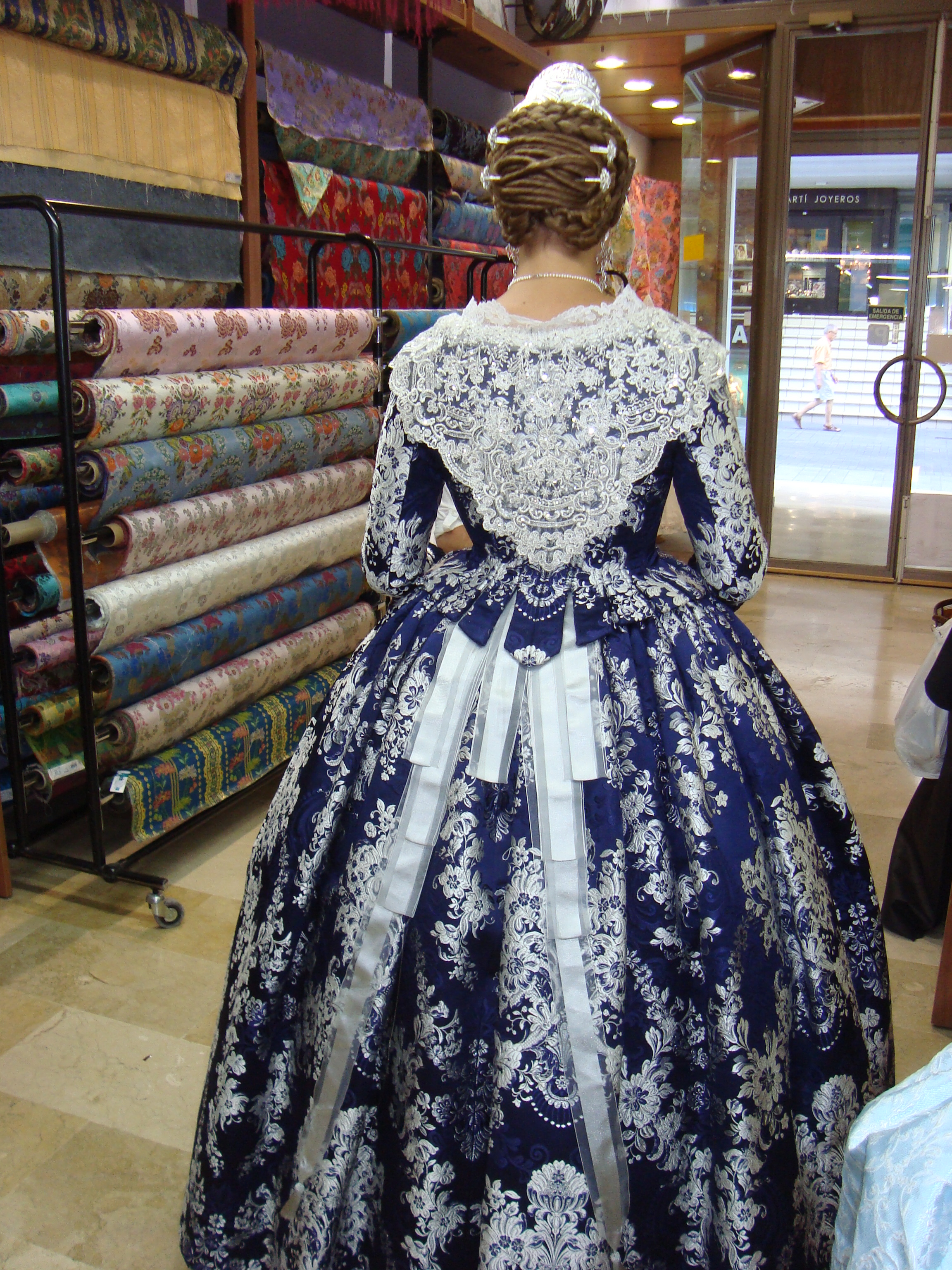
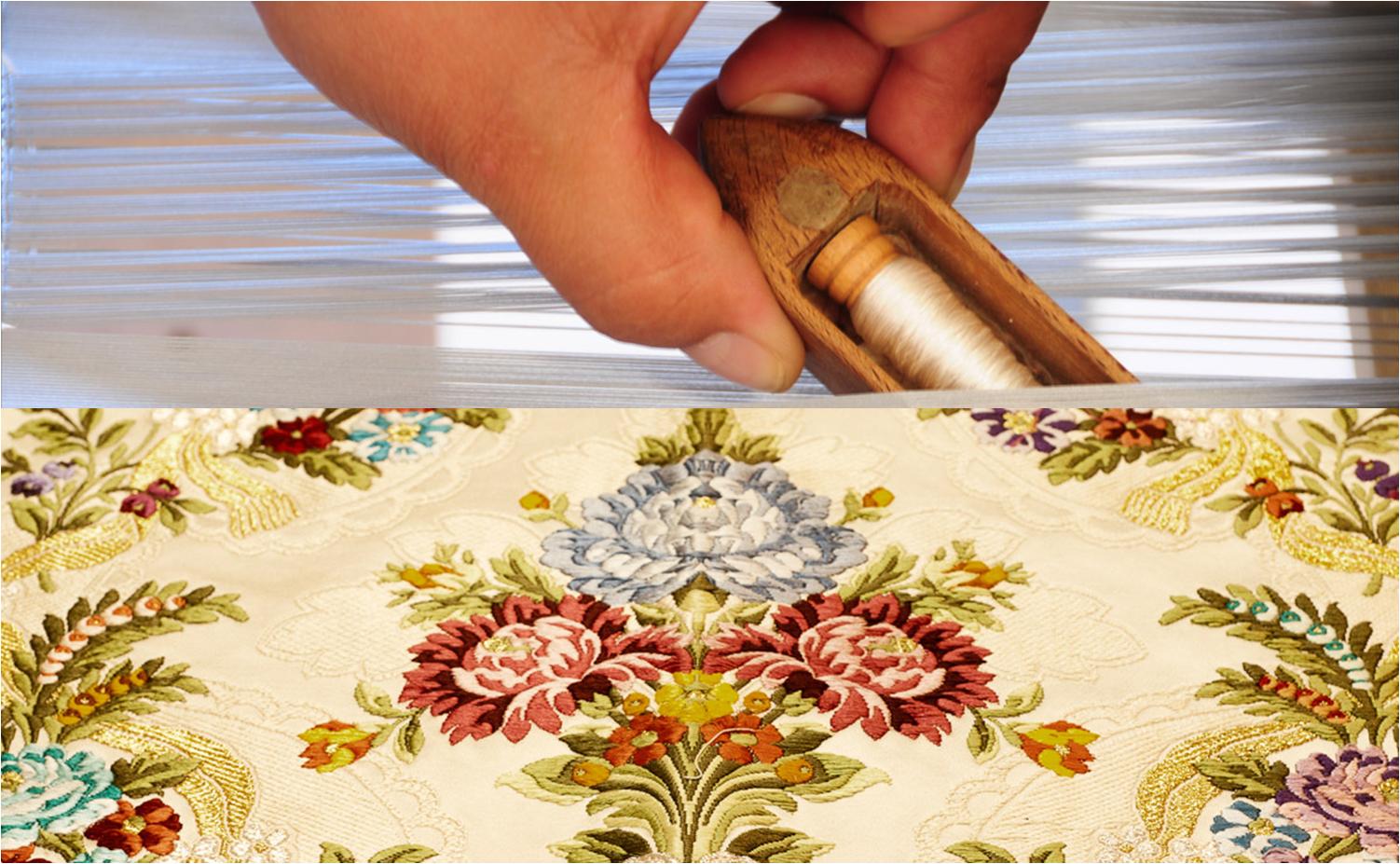
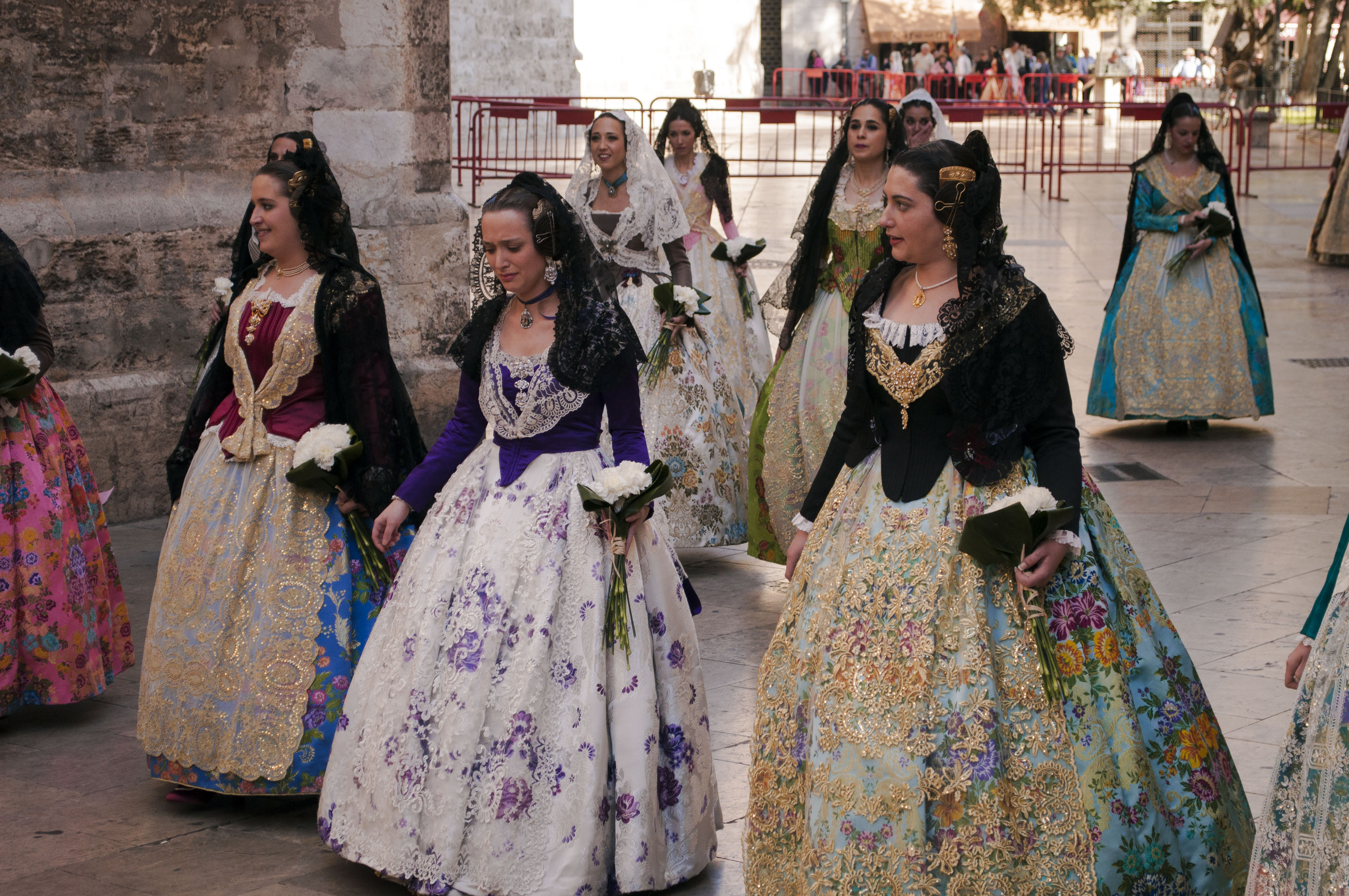

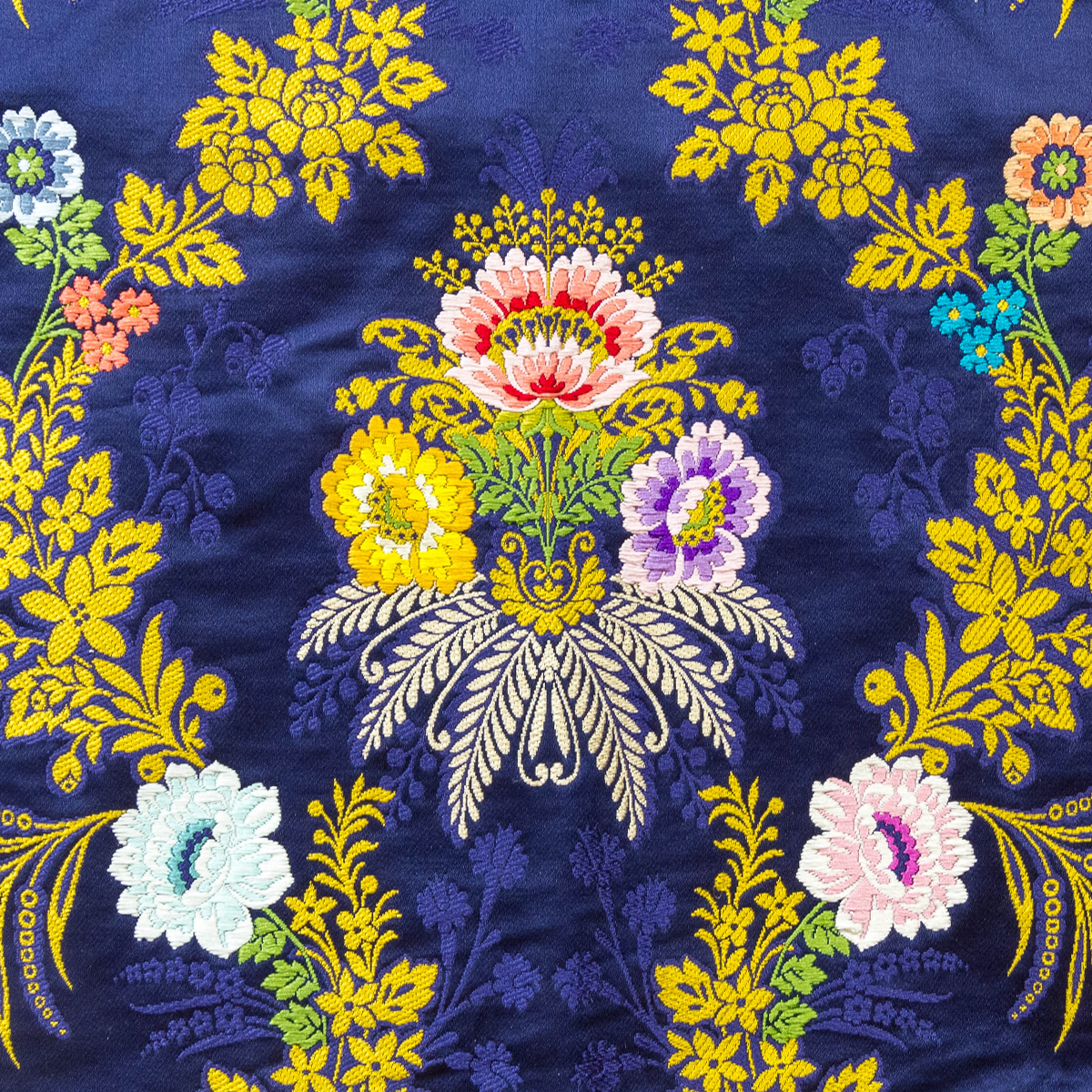
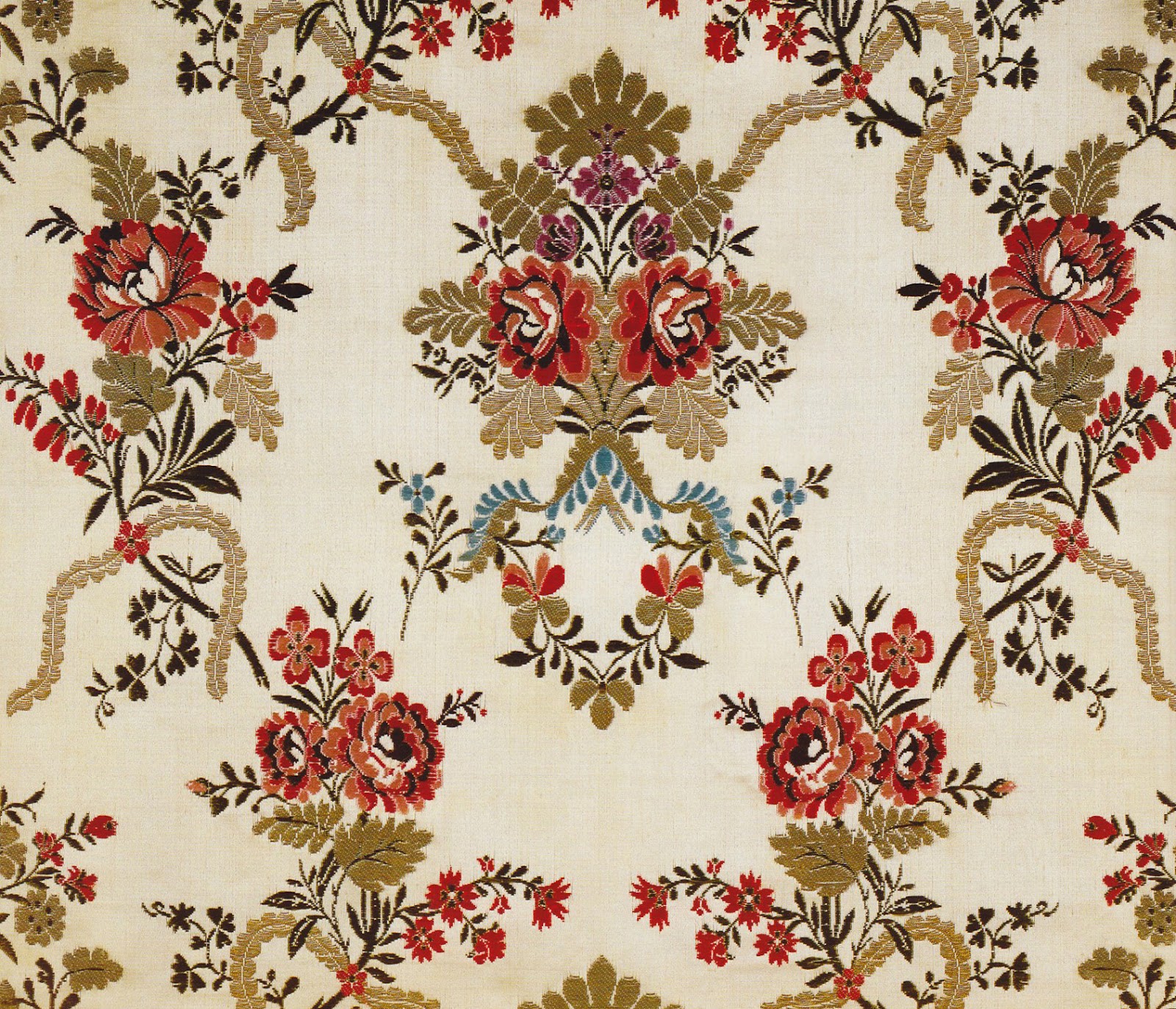
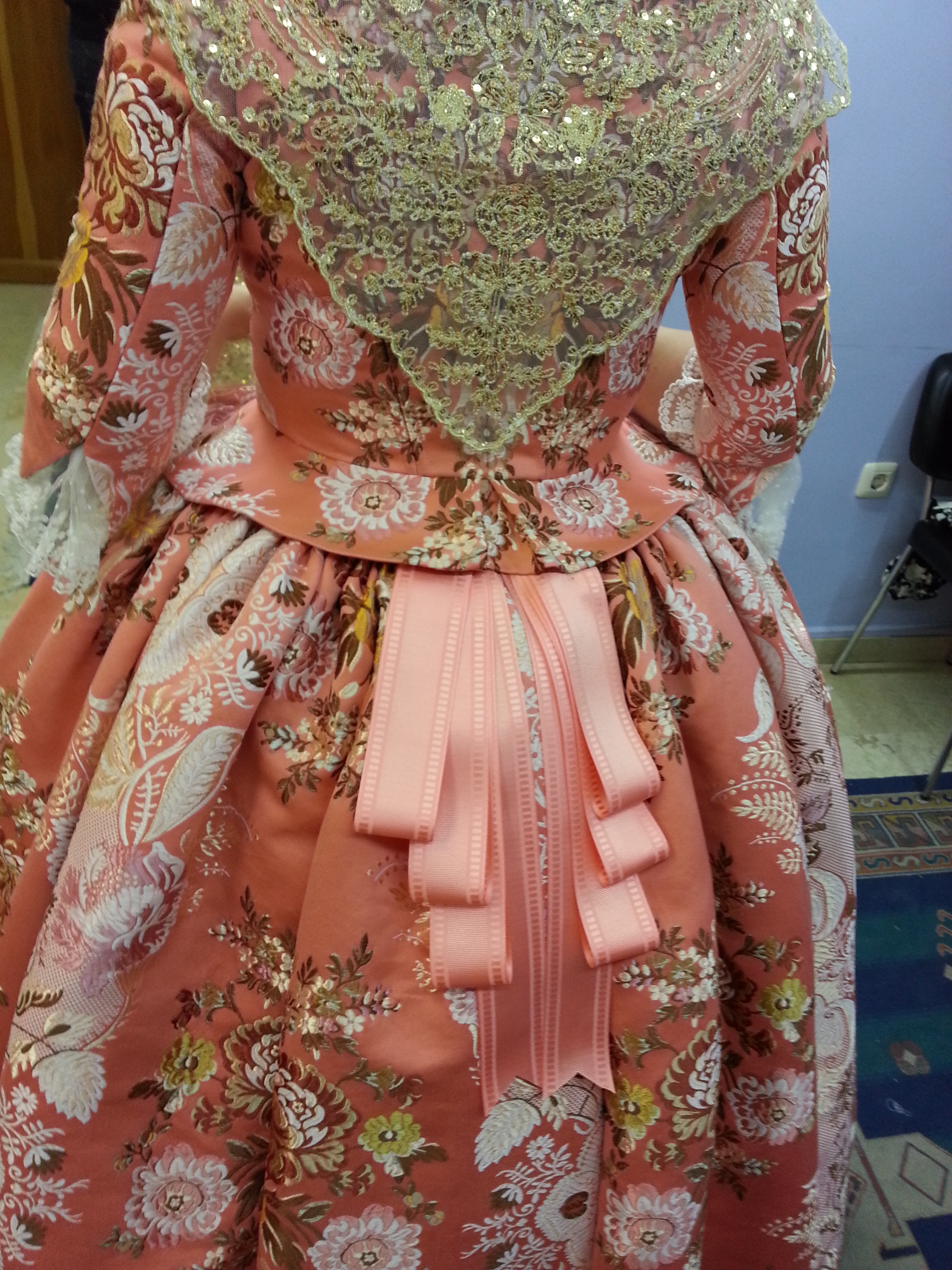
![About [span]me[/span]](https://farm5.staticflickr.com/4335/35565816704_416c791419_o.jpg)



2 comentarios
Wonderful post Amanda! The dresses are beyond gorgeous. Thank you for sharing all the interesting details.
ReplyDeleteGlad you liked it! :) I find spreading the world about this fabric, dresses and culture almost as a duty as a Valencia citizen.
DeleteSee ya!